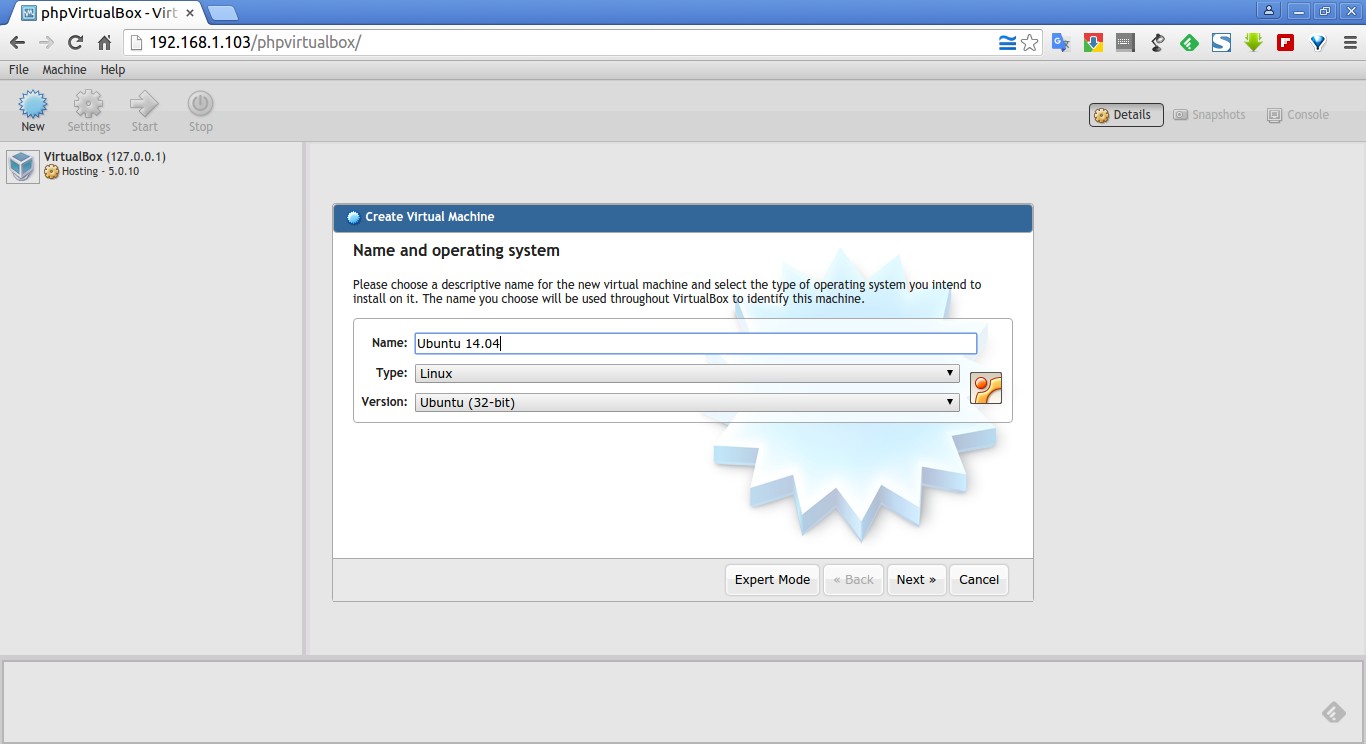
Open your Apache virtual hosts file for editing: sudo nano /etc/apache2/sites-available/nfĪdd a new Directory block for the linux-dash directory. It is strongly suggested that you restrict access to this directory.įollow these steps to password-protect Linux Dash. Linux Dash gives web access to private and sensitive information about your server. Step 2 - Password-Protecting the Dashboard Locate the disable_functions line and make sure shell_exec and exec are not listed.Īt this point, you should be able to visit your_server_ip/linux-dash and see the dashboard. If this is a fresh Apache installation, it should be already. sudo git clone Īlternatively, for Composer, you can run composer create-project afaqurk/linux-dash -s dev. Next, navigate to the web root directory. See this DigitalOcean tutorial if you need directions. The following steps will install Linux Dash on your server.įirst, you will need to SSH into your Droplet. Install Git if you plan to use the Git installation method sudo apt-get install git Please note that MySQL is not required for Linux Dash, so you may skip that section For this tutorial, we will be covering a PHP and Apache stack installation.įor information on installing on a different stack, please refer to the installation section of the GitHub Project.įollow this tutorial to install Apache and PHP on your Droplet. With a wide array of modules for server statistics, it also serves as a great visual debugging tool.īefore installing the software, you can try the demo here.Īt the time of writing, Linux Dash supports PHP on Apache and Nginx, Go, and Node.js. It can be very handy to have a high-level dashboard for a server instance.


It prides itself on its simplicity and ease of use. Linux Dash is an open-source dashboard to monitor Linux servers.


 0 kommentar(er)
0 kommentar(er)
